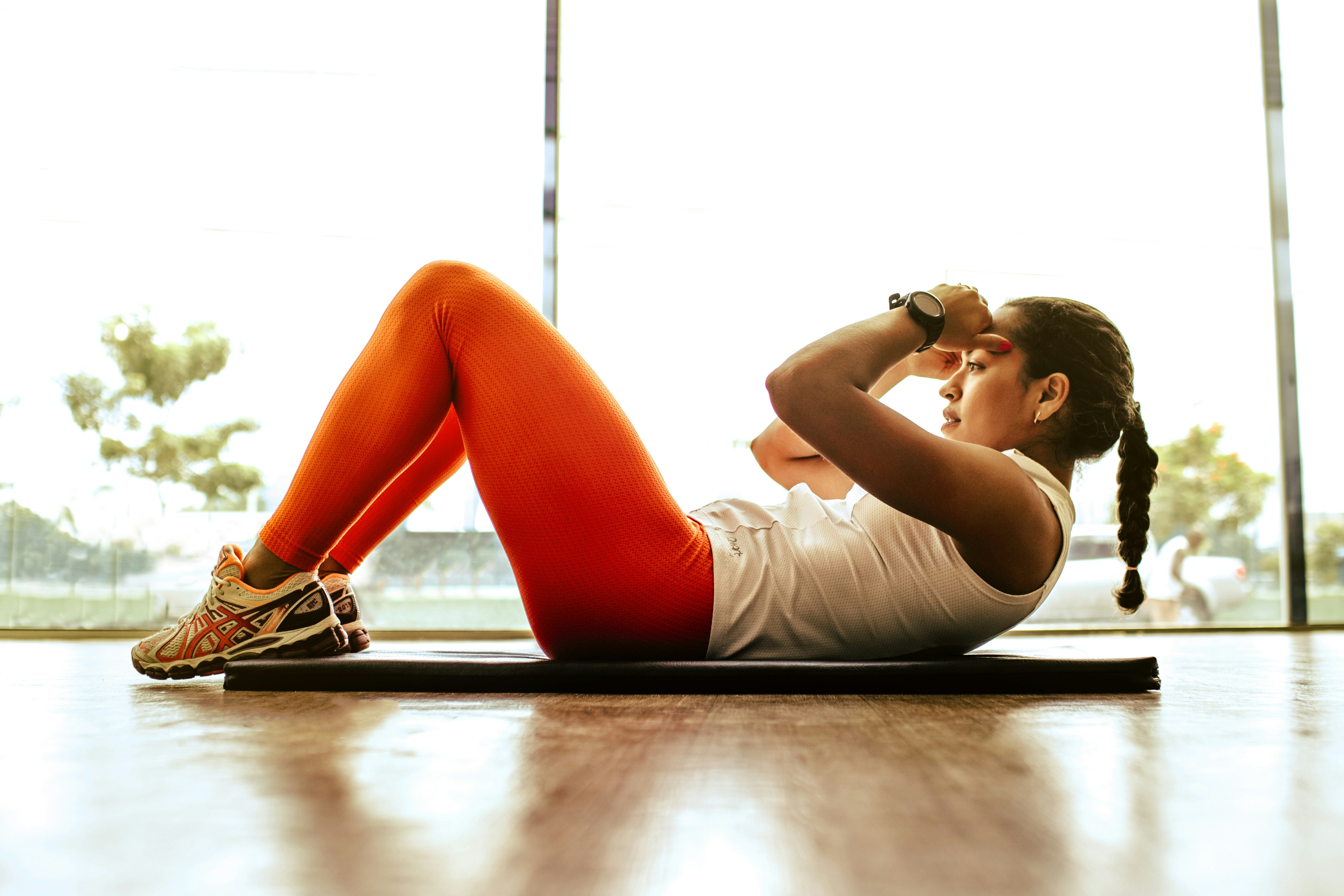Unveiling the Potential of K-Beauty and Functional Fitness: A Comprehensive Guide
Korean beauty, or K-beauty, and Functional Fitness are two trends that have been making waves in the beauty and fitness industry respectively. While K-Beauty focuses on unique beauty products and routines, Functional Fitness aims to promote overall strength and flexibility, thus enhancing daily life activities. This article aims to delve deeper into these trends, exploring their historical context, current industry insights, and their respective benefits and impacts.

A Dive Into K-Beauty: From Niche to Mainstream
K-beauty has its roots in the rich tradition of Korean skincare, dating back to the 14th century. Initially, it was a niche trend within the Asian market, but in the past decade, it has progressively become a global phenomenon. The key development that propelled K-beauty to the forefront is its innovative, yet affordable products that focus on skincare at its core. Major brands such as Sulwhasoo, Innisfree, and Etude House have revolutionized the industry with their unique offerings like snail mucus cream and sheet masks.
Unraveling the Current Trends in K-Beauty
The current K-beauty trend is all about “skinimalism” or minimal skincare. This shift towards fewer, but more effective products emphasizes the importance of understanding one’s skin type and needs. Additionally, there is a rise in the use of natural and vegan ingredients, reflecting the industry’s commitment to sustainability and ethical practices.
The Benefits and Impact of K-Beauty
The primary benefit of K-beauty is its focus on preventive care and hydration, leading to healthier and more radiant skin. It has also democratized the beauty industry, making high-quality skincare accessible to all. Furthermore, K-beauty’s impact extends beyond aesthetics—it has sparked conversations about self-care and mental well-being, thereby empowering individuals.
The Genesis of Functional Fitness
Functional Fitness originated from rehabilitation exercises used by physiotherapists. It gained popularity in the early 2000s as a response to conventional gym workouts that often neglected real-world movements. Functional Fitness routines incorporate movements that mimic everyday activities like lifting, bending, or squatting, focusing on overall body strength and flexibility.
Decoding the Current Trends in Functional Fitness
The current trend in Functional Fitness is a shift towards home-based workouts, given the impact of the COVID-19 pandemic. There is also a growing interest in using body weight as resistance, eliminating the need for heavy gym equipment. Fitness experts are leveraging technology to deliver personalized workout plans that cater to individual needs and capabilities.
The Benefits and Impact of Functional Fitness
Functional Fitness promotes overall body strength, flexibility, and balance, thus improving quality of life. It also reduces the risk of injuries and enhances mental health. On a broader scale, it has disrupted the fitness industry’s one-size-fits-all approach, emphasizing the need for personalized and sustainable fitness routines.
Concluding Thoughts
K-Beauty and Functional Fitness represent the evolving nature of the beauty and fitness industry—focusing on individual needs, promoting overall well-being, and empowering individuals. These trends also underscore the importance of innovation and adaptability, setting the stage for future developments in these sectors.




